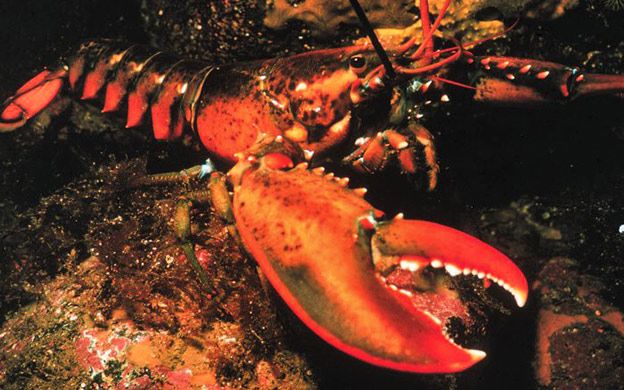Bait shortage puts squeeze on Maine’s lobstering fleet
 Photo Courtesy / U.S. National Oceanic and Atmospheric Administration
The prospect of a shortage of herring is driving price increases for bait fish used by Maine's lobster fishing fleet this summer.
Photo Courtesy / U.S. National Oceanic and Atmospheric Administration
The prospect of a shortage of herring is driving price increases for bait fish used by Maine's lobster fishing fleet this summer.
The prospect of a shortage of herring bait for Maine’s lobster fishing fleet already is driving price increases for bait fish this summer and is fueling concern about the long-term availability of bait in future years.
The Bangor Daily News reported that over the past decade herring catches have dropped about 40% and the price of the bait fish has climbed about 80%. “We’ve definitely seen diversification in the bait supply, but the price of all bait products is going up, and herring is kind of driving it,” Patrice McCarron, the Maine Lobstermen’s Association executive director, told the newspaper.
In 2016, the lobster industry was forced to buy pogies and other bait fish from fishermen as far away as New Jersey, creating an extra layer of cost that eventually was passed onto wholesale buyers and consumers. Herring was more readily available in 2017, although the price was about 60 cents per pound, compared with 18 cents paid in 2015, Pat Keliher, commissioner of the Maine Department of Marine Resources, told the Portland Press Herald at the time.
The herring fishery is overseen by the New England Fishery Management Council, which said in a June 29 news release that large quota reductions of the herring fishery may be necessary in the 2019 through 2021 fishing years. The quota is driven by a 2018 benchmark stock assessment, conducted by the Atlantic Herring Stock Assessment Working Group.
Although the assessment has not yet been peer reviewed, NEFMC received a draft executive summary of the working group’s findings, which indicated that recruitment — incoming year classes of newly born fish — has been poor for several years. The working group said that four of the six lowest estimates of herring recruitment occurred in 2013, 2015, 2016, and 2017.
“This means very few young fish have been added to the resource in recent years,” the release said.










Comments